Today I would like to resume the design elements rubric by telling the story of extraordinary objects that have become everyday and sometimes taken a bit for granted!
These are objects that we know very well, some so simple that we feel like they have always existed, yet they are born of someone’s genius!
Here I told the story of 5 everyday objects: today, I offer you 6 more!
CLOTHESPIN
Is there anything simpler and more useful than the clothespin?
Two pieces of wood (complemented by plastic over the years) united by a steel spring!
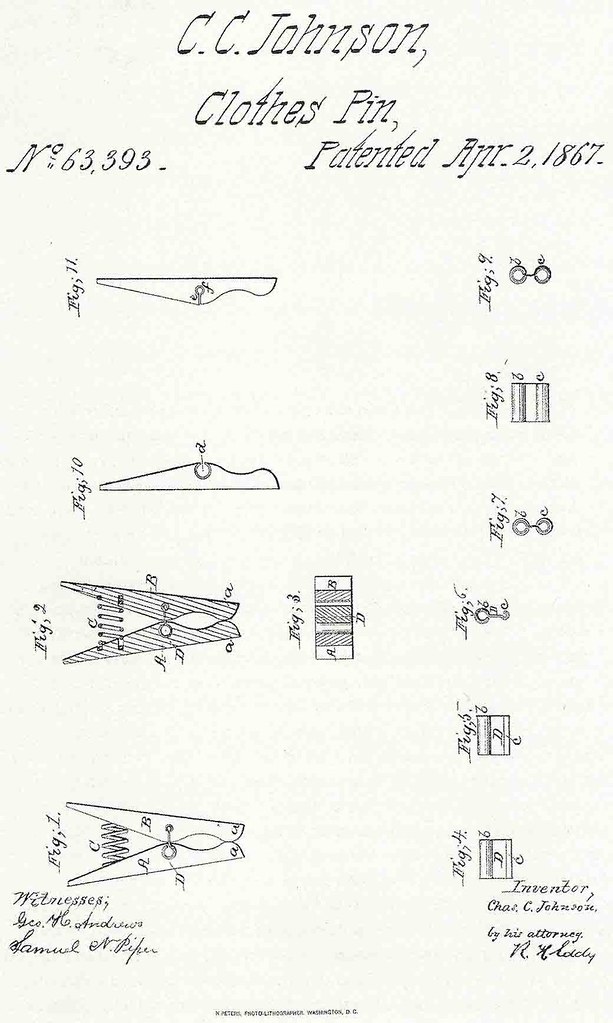
The wooden clothespin we use today was invented by D.M. Smith of Springfield, Vermont, in 1853.
In 1944 Mario Maccaferri replaced wood with plastic to make the clothespin even more durable.
It then became a design classic in 1976 when artist Claes Oldenburg made a work of art named Clothespin: a giant clothespin 13.7 meters high!
This work is installed in Center Square Plaza in Philadelphia.

A curiosity: credit for this invention has often been given to the Shakers, a religious sect founded by Ann Lee in the US in 1772.
That is because they were the authors of many pieces of furniture that was an expression of their faith: utmost simplicity, essential details, and no decoration! The clothespin actually embodies all of this!
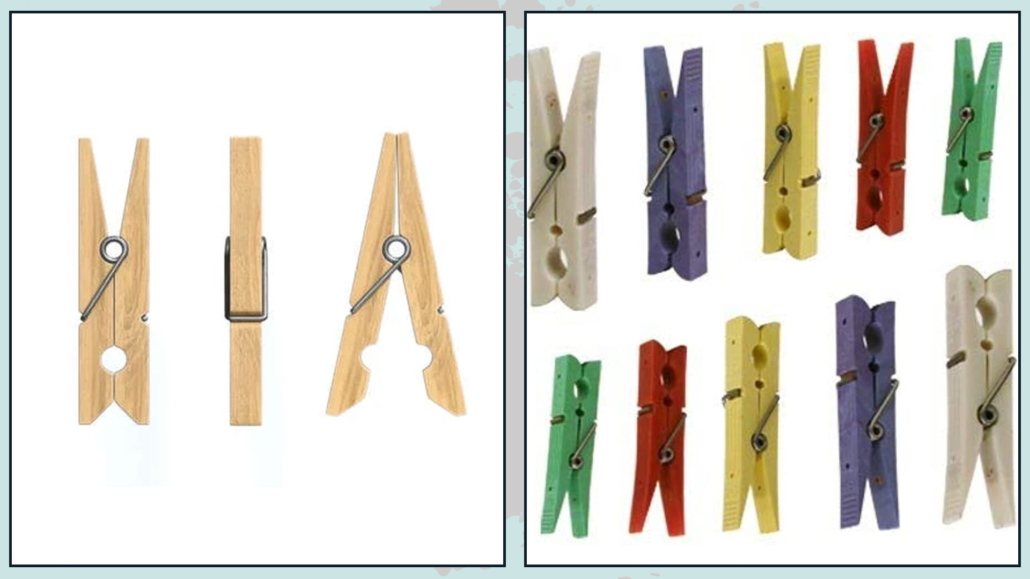
LE PARFAIT JAR
These pressure-top jars originated about 1825 by an unknown designer, mainly for storing food; today, they are also decorative items!
Filled not necessarily with food, they are, in fact, perfect to put in compositions to put on the countertops of our kitchens!
They are made of molded glass and have the ultimate sealing ability, with the characteristic orange rubber and iron hook!
A vacuum is created when the jar is heated inside, making the seal airtight!
They exist in various sizes from 50ml to 3 liters and have a large opening (7 to 10 cm) to make filling easier!
Despite numerous imitations, this jar is still present in our homes because it is functional and has a simple and inexpensive locking system.
It is now closely associated with high-quality handcrafted products!

STRAW
The straw is one of those items we pay little attention to, taking it almost for granted… only to appreciate it when it’s missing!
Over the years, the straw has really evolved a lot.
The origin of the straw is attributed to Marvin Stone, a manufacturer of paper filter cigarettes, in 1888.
Actually, straws already existed then that were made of ryegrass, a herbaceous plant.
Stone, however, fed up with straws breaking and especially leaving an unpleasant aroma, decided to produce his own straw.
At first, he wrapped some strips of the paper he used for filters to a pencil and, gluing them together, created the first paper straw.
The product was later improved by the introduction of paraffined paper that prevented the straw from impregnating, and this was the first straw patented in 1888 precisely.
Over the years, the straw has since become plastic, only to return now to paper due to pollution.
One of the significant improvements of this object was the addition of the flexible band introduced by Joseph B. Friedman in 1937.
This small addition has helped both young children, not yet accustomed to the glass, and bedridden convalescents.
Fun fact: the first batch of flexible straws was actually sold to a hospital in 1947.

ARMY KNIFE
The Swiss Army knife was created as a practical item for soldiers in 1891 by Karl Elsener.
Elsener then founded the Swiss Master Knifemakers Association to facilitate the production process.
The knife, however, was not as successful as hoped, and the association disbanded.
Elsener did not give up and tried to fix the problems that had not gotten it off the ground: that is, heaviness and limited functionality.
He succeeded in 1897 when he registered the new knife: the one we all know.
New functionality and good looks were well received by all, not just soldiers.
Elsener named his company after his mother’s name Victoria, then in 1921, he added the international name of stainless steel to the brand name, and it became Victorinox!
The use of the Swiss cross indicates an instrument of superior quality.
To meet every need, today, there are many variations of the original pocket knife on the market: it comes in a range of as many as 100 models!
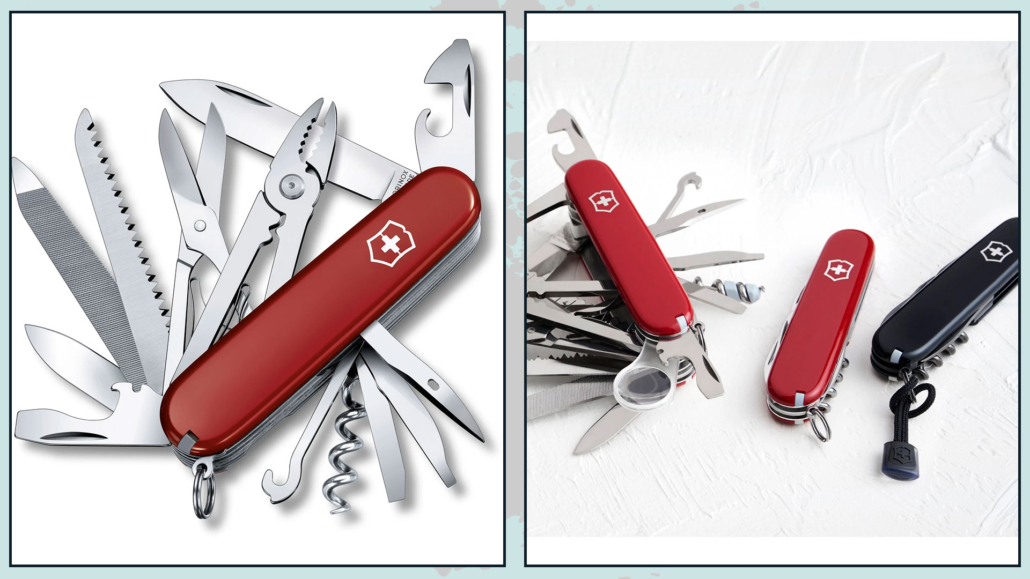
PUZZLE
Who has not done, in his life, at least one puzzle with more or fewer pieces?
Well, this fascinating and timeless game that appeals to all generations originated in 1766 for educational purposes!
The idea originated with John Spilsbury, an engraver and map maker in London, who one day decided to glue one of his maps onto a wooden board and cut out individual countries at their borders.
It was called Dissected Mapp and was used, for a long time, to teach geography in school.
Only in the twentieth century was it considered to create something for adults as well; they were extremely costly to produce, so they were sold in small quantities and only to wealthy customers.
These, however, used them as a means of entertainment at their parties, sparking and spreading a collective passion.
The pieces then became interlocking, and in 1908 the name puzzle was coined for this game, referring precisely to this new form.
In 1929, at the beginning of the Depression, puzzles became a national pastime loved by everyone regardless of social background.
That is for two reasons;
- because it reproduces images that allow them, at least with the imagination, to escape from the dark moment they were experiencing;
- the change of material from wood to cardboard, which makes the game much more affordable!
In 1932 they also arrived in the rest of the world, becoming the most beloved form of entertainment for young and old alike.
By 1990, puzzles had become so profitable that the Parker Brothers game company decided to focus its production on this game alone.
Over the years, 3d puzzles have also been born!

CYLINDER LOCK
Invented by Linus Yale Jr in 1861.
The son of a blacksmith, he invented a lock that was a device that matched keys composed of several parts that gave the possibility of using an infinite number of combinations that were difficult to copy.
Inside, it does not have any elements that could move, such as springs.
He also invented a mechanism called a “pin tumbler” or radial pawl: a mechanism that is not visible from the outside and, therefore, cannot be forced.
The lock came to be called “the infallible magic Yale lock.”
On the other hand, the second lock, is called “the infallible secure Yale lock” and is nothing more than an improved version of the first one.
Yale shows such confidence in its product that it promised $3,000 to those who succeeded in forcing it!
Shortly, these locks became so famous for their reliability, thanks in part to Yale’s entrepreneurial skills, that in 1856 they were also used for the U.S. Mint.
Yale thus becomes synonymous with lock!
In 1860 Yale also invented the first Monitor Bank lock, the first combination lock.
HERE THE CYLINDER LOCK WE ALL KNOW
Finally, in 1861 he reworked the pin tumbler mechanism and his own in cylinder locks.
He founded his company with Harry Towne in 1868 and died shortly later; his name, however, has been passed down as the most significant lock manufacturer.
In 1879 lock production was joined by padlock production.
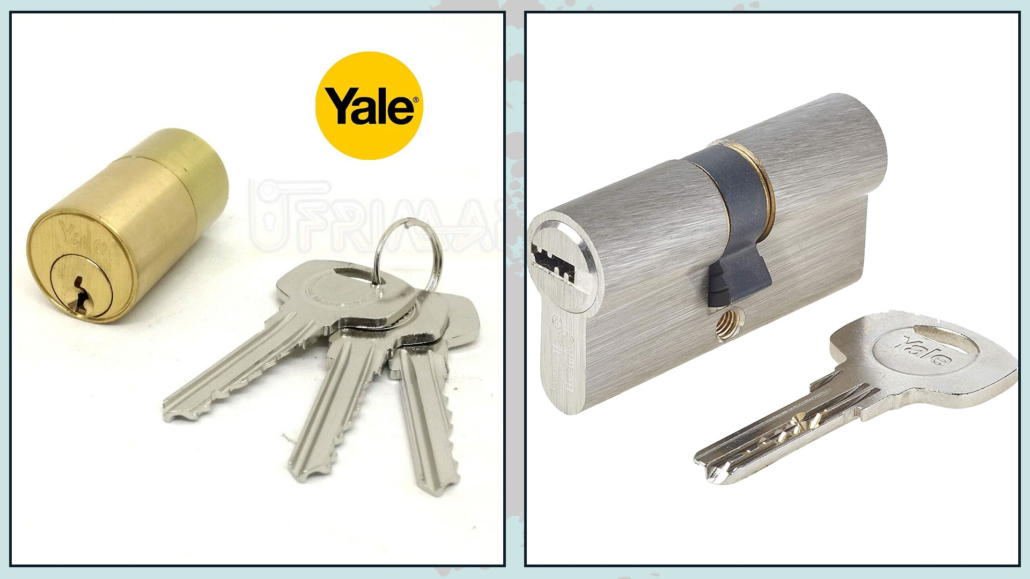
I hope this article was helpful and you love it; in case, let me know in the comments!
Feel free to share it with anyone you think might be interested, I will be honored, and it will help me get my name out there.
If you feel that your home, or some environment of it, does not reflect you enough, do not wait any longer and book your consultancy!
This post is also available in: Italian

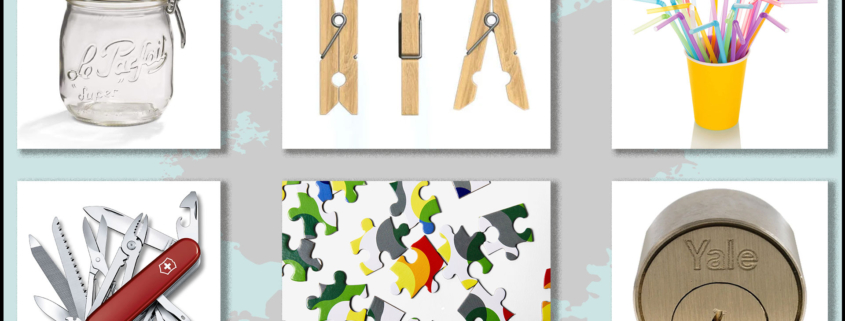








Leave a Reply
Want to join the discussion?Feel free to contribute!